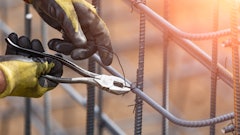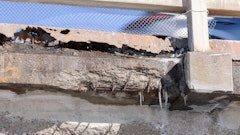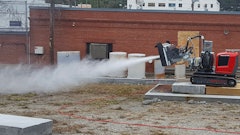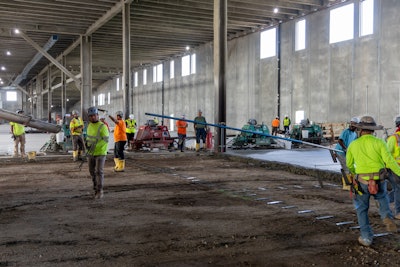
Because standards are intentionally conservative for most projects, but new design methods are changing, project-specific design optimization is required to provide safe, cost-effective, and sustainable construction. The newly developed Enhanced Integrated Dowel Model (EIDM) ensures joint performance under all wheel types, to reduce joint spalling and callbacks, while typically also reducing cost and improving sustainability.
Dowels were first used in concrete pavements in 1917, but no standard existed until 1956, when an ACI subcommittee report all but codified the use of round steel bars, 1/8 the slab thickness, spaced 12 in. on-center. This ubiquitous standard carried into concrete slabs too, undisrupted until plate dowels were added in ACI 302.1R-04 as a solution to restraint stress and cracking in slabs with two directional doweling (ACI 2004). As noted by Wayne Walker, PE, SE, FACI and Jerry Holland, PE, HACI in "Plate Dowels for Slabs on Ground" (Concrete International, 1998), the first recommendations for plate dowel spacing were developed to provide the same performance as the round dowel standards by comparing the shear and bending stress in the dowels, the bearing stress on the concrete, and the differential deflection between slabs.
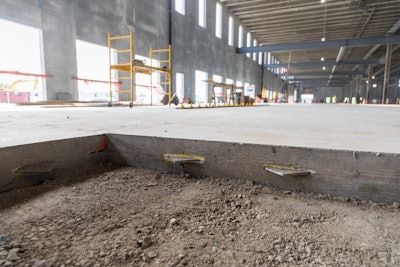 Diamond-shaped plate dowel at a construction joint to provide the optimum load transfer in joints up to 0.2 in. wide.American Highway
Diamond-shaped plate dowel at a construction joint to provide the optimum load transfer in joints up to 0.2 in. wide.American Highway
The Need
ACI 360R-10 suggests that designers should limit joint stability measurements to below 0.01 in. (0.25 mm) for joints subjected to lift truck traffic with small, hard wheels and 0.02 in (0.51 mm) for lift truck traffic with large, cushioned rubber wheels. There is guidance on how to accurately measure these small values once built (as published in "Joint Stability and Concrete Floors" by Nigel Parkes in The Construction Specifier, August 2011, page 36), but very little guidance for dowel designs to achieve these limits in project-specific applications.
The EIDM uses differential deflection values based on wheel type and can design for all loading conditions, from the lightest lift trucks to straddle carriers.
The first effort to optimize dowel spacing for specific loading conditions came in 2007 (as published in "Performance-based Dowel Design" by Walker and Holland in Concrete Construction, January 2007). It provided plate dowel spacing recommendations with differential deflection limited to 0.010 in. (0.25 mm), but their guidance was limited to the two most common lift truck types at that time.
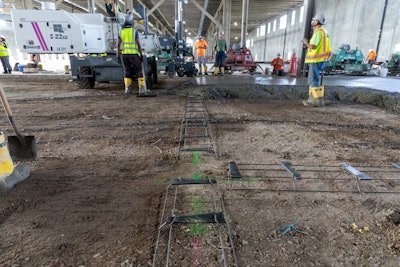 Tapered plate dowel baskets in sawcut contraction joints reduce restraint in slabs with two-directional doweling.American Highway
Tapered plate dowel baskets in sawcut contraction joints reduce restraint in slabs with two-directional doweling.American Highway
In search of increased productivity, the logistics industry has transitioned past these two “standard” trucks to lift trucks with heavier, more concentrated loads on smaller wheels. leading to an increase in joint spalling. The standard dowel tables in recent ACI [deleted 360 because it's in 330 tables too] guides (ACI 2010, and ACI 2017) do not consider individual loading conditions or joint widths over 0.2 in. The EIDM uses differential deflection values based on wheel type and can design dowels in all joint widths, for all loading conditions, from the lightest lift trucks to straddle carriers.
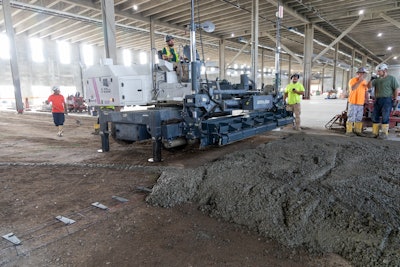 Contractors used a Somero S-22EZ laser screed to place over one row of dowel baskets. Tapered plate dowel baskets provide an installation tolerance for baskets without inducing restraint.American Highway
Contractors used a Somero S-22EZ laser screed to place over one row of dowel baskets. Tapered plate dowel baskets provide an installation tolerance for baskets without inducing restraint.American Highway
A Construction-Mindful Dowel Design
Some dowel geometries suit specific applications better. ACI 360 and 330 provides guidance but the move to extend joint spacings to match column lines, and in some cases with no intermediate sawn joints between formed construction joints, has increased joint opening widths far beyond the maximum 0.2 in. (5 mm) noted in the ACI 360 and 330 dowel tables. The EIDM designs for all dowel geometries and can use any joint opening to accurately account for the dowel embedment depth and its impact on design performance for specific loads and wheel types.
The EIDM provides owners and designers with a way to optimize designs that consider loads, performance, and construction while reducing costs and being more sustainable.
Some of these newer extended joint designs also limit the propensity for curling, which can reduce the stress in the concrete and justify thinner slabs, but the ACI 330 and 360 dowel tables don’t consider punching shear, which could then control design. The EIDM draws on recent university testing and research to provide the punching shear model for all dowel types. The most recent ACI 330 and 360 dowel tables do not provide recommendations for the size of plate dowels, rather setting it at a fixed 18 in. on-center. One of the largest suppliers of tapered plate dowels noted 8 years ago that the market had already moved past the ACI tables because over half of their sales were at a spacing greater than 18 in. on-center. A key to further market adoption is consideration of the deflection between dowels as the on-center spacing increases. Because no predictive models existed, one was developed with the assistance of AI for the EIDM to reliably quantify additional deflection between dowels to ensure that the differential deflection limit is not exceeded.
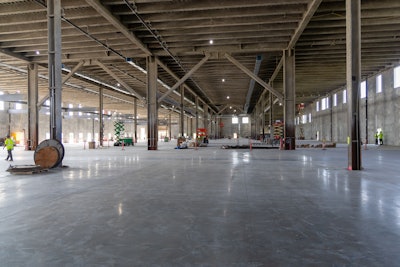 Tapered plate dowels in all construction and contraction joints to allow for slab panels to shrink and move independently of each other. American Highway
Tapered plate dowels in all construction and contraction joints to allow for slab panels to shrink and move independently of each other. American Highway
ACI also provides a detail for the combined installation tolerance in positioning dowel baskets and saw cuts above them (ACI 2017). Designers can input their specified installation tolerance into the EIDM to provide consideration of this key variable in dowel design recommendations for every dowel type.
The EIDM provides owners and designers with a way to optimize designs that consider loads, performance, and construction while reducing costs and being more sustainable. It provides reliability in design to reduce joint spalling and callbacks for contractors to fix spalled joints.
The authors thank Juan Pablo Covarrubias (FORTA) and Bryan Birdwell (Structural Services Inc.) for reviewing this paper.

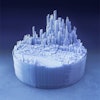
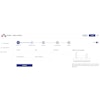
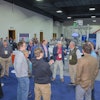
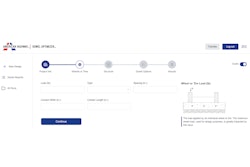
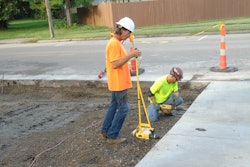
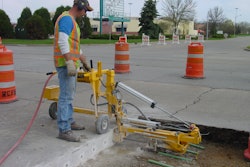
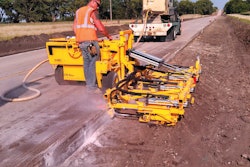
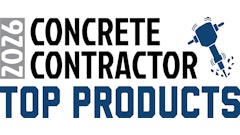
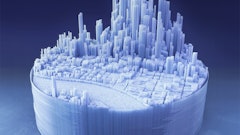
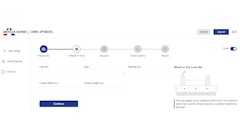
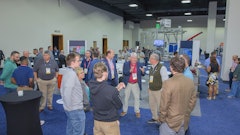

![Strux Macrofibers 58c9b97fd4aaf[1]](https://img.forconstructionpros.com/mindful/acbm/workspaces/default/uploads/2025/08/strux-macrofibers58c9b97fd4aaf1.cNEEIfY9kp.png?ar=16%3A9&auto=format%2Ccompress&fit=crop&h=135&q=70&w=240)

